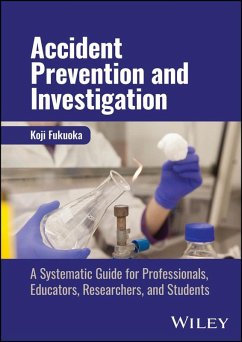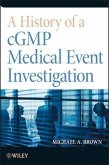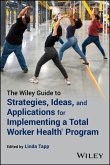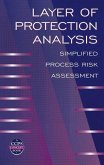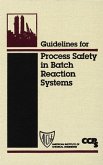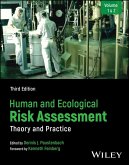Practical reference on systematic accident prevention, investigative techniques, and contributing factors, derived from analysis of real accidents
Accident Prevention and Investigation enables readers to reduce the number of accidents and casualties during experiments at universities by using new approaches based on scientific knowledge and data. Demonstrated through case studies illustrating successful implementation, the book explores alternate perspectives on mechanisms and contributing factors of accidents, derived from investigation of real accidents.
Readers will first learn how accidents occur and understand how to prevent them. Next, they will learn how to use the discussed methods to conduct systematic accident prevention at universities, including fieldwork activities at sea.
In this book, readers will find:
This book is an essential reference for faculty, researchers, and advanced students seeking to reduce the number of accidents on campus and in university-affiliated field work. It is also an ideal textbook for courses using a systematic approach to safety.
Accident Prevention and Investigation enables readers to reduce the number of accidents and casualties during experiments at universities by using new approaches based on scientific knowledge and data. Demonstrated through case studies illustrating successful implementation, the book explores alternate perspectives on mechanisms and contributing factors of accidents, derived from investigation of real accidents.
Readers will first learn how accidents occur and understand how to prevent them. Next, they will learn how to use the discussed methods to conduct systematic accident prevention at universities, including fieldwork activities at sea.
In this book, readers will find:
- Tools to understand how to apply different accident prevention methods depending on the logistics of an experiment
- Guidelines to investigate and analyze accidents and near-misses
- Information on accident theory, risk management, and safety management systems
- Specific challenges at universities and how to systematically incorporate accident investigation and prevention when faced with factors from multiple industry types
- Helpful checklists to aid readers in the practical application of accident reduction
This book is an essential reference for faculty, researchers, and advanced students seeking to reduce the number of accidents on campus and in university-affiliated field work. It is also an ideal textbook for courses using a systematic approach to safety.
Dieser Download kann aus rechtlichen Gründen nur mit Rechnungsadresse in D ausgeliefert werden.

